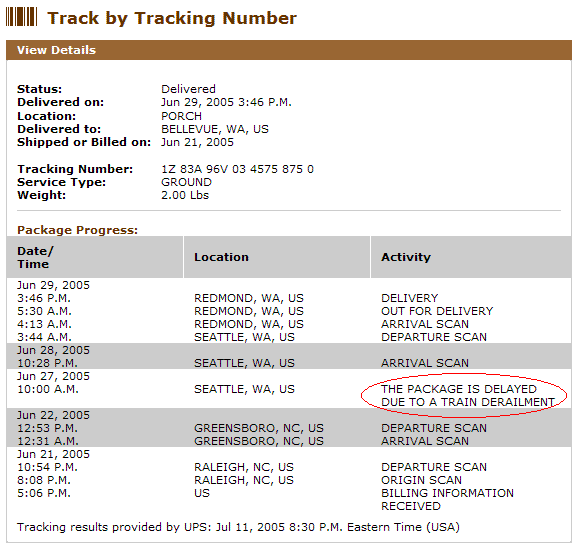Last Saturday, we held one of the three central events of the annual International Puzzle Party here in Helsinki, the Edward Hordern Puzzle Exchange. This is, in many ways, the most highly anticipated event of the party, with most participants beginning to prepare for it starting back in December, if not earlier. This year, we had 91 people taking part in the Exchange, out of about 170 puzzlers attending the party overall.
The Exchange was scheduled to begin at 10am, and we got access to the hall, to prepare, starting at 9:30. Tables had been laid out in long lines across the room, one table and two chairs per exchanger (one chair for each puzzle's presenter, and one for their assistant, if any). Every table had an exchanger's nametag on it, and there was a schematic map at the entrance, to make it easier to find your station. On the stage at the front of the hall, there was another, shorter, line of empty tables, intended to hold samples of all of the exchange puzzles.
At my table, my assistant Michael Powell and I got to work unpacking the big box I'd brought in containing the puzzles I'd had made back home and then shipped ahead of me to Helsinki. We needed to work somewhat quickly, because I'd discovered the previous day that, during shipping, the sharp laser-cut edges of the puzzle trays had rubbed against one another, slicing many of their zip-loc bags into ribbons. We had to check every single bag and, in half or more of the cases, remove the puzzle and repack it into a new bag, purchased the previous day, with some effort, at a Finnish supermarket. (Do you know the Finnish word for "zip-loc"? Me neither.)
By 9:55 or so, we were ready, with one copy of my puzzle tagged and arranged on the samples table, and the other 91 (including one as a thank-you gift for Michael) stacked neatly in front of us on my table. Michael had our exchange checklist ready; all that remained was to wait for the signal to begin.
The Exchange is a heavily tradition-laden event that grew out of an ad-hoc practice at the earliest puzzle parties. Several of those early invitees brought little puzzle gifts for everyone else and handed them out. As the party grew, over the years, the Exchange was formalized and the key rules were set down. First, not every attendee at the party need take part in the Exchange; it's strictly voluntary, and only allowed for people who've been to at least one party previously. Second, every participant must bring many copies of the same puzzle, one for each other participant and one for the samples table; many people bring more, to offer for sale or trade at the official "Puzzle Party" the next day. Third, all Exchange puzzles must be original, never available before the day of the Exchange. Fourth, and most ambiguously, these must be high quality mechanical puzzles; paper-and-pencil puzzles, like crosswords, and jigsaw puzzles are not included. (The term "high quality" is intended to refer to the puzzle-solving experience, not necessarily to the materials or craftsmanship; in particular, "high quality" does not necessarily imply "high cost".)
At about 10:02am, this year's IPP host Tomas Lindén stepped up to the microphone and gave the signal: the 2005 Exchange was under way.
Over the course of the next five hours, Michael and I walked around the hall, meeting each of the other 90 exchangers, chatting a little bit, describing our puzzles to each other, and finally exchanging them. From time to time, Michael would carry the puzzles we'd received back to my own table and pick up another armload of my puzzles to give away. Since my table this year was off in a back corner of the room, we had a lot more success finding new exchangers by walking around the room ourselves. We tried a few times going back to my table and waiting for others to come to us, but with only marginal results.
By the end of the five hours, we'd checked off everyone on our list and Michael had packed up all of my swag in the boxes I'd brought. Another Exchange had come to an end.
I haven't had a chance yet to really take stock of the puzzles I received this year. There's always a few disappointing ones, and usually some pretty special ones, and I don't expect this year to be any different. I've already solved a few of them (an amusingly misleading tray-packing puzzle, a simple "Finnish thematic" tray puzzle, a level 7-3 three-piece burr, and a 39-move sliding block puzzle), and I've brought a few more with us on our trip to Norway, but the big review will have to wait until we and the boxes I shipped both arrive back home in the States.
What a cool thing to look forward to!
